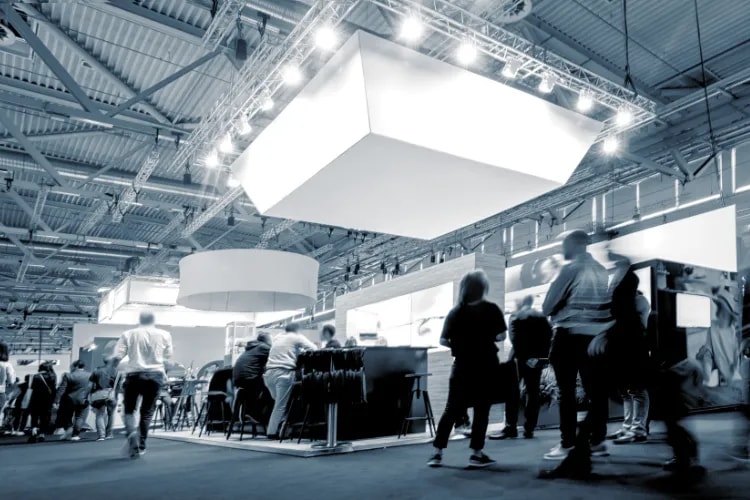
If your booth doesn’t stop people in their tracks, it’s fighting an uphill battle. The best trade show booth ideas do more than look good—they pull attendees in, get them hands-on, and convert curiosity into qualified conversations. In this guide, we’ll walk through 16 proven ideas (from quick wins to showstoppers) to help you attract crowds and leave a lasting impression.
You’ll find practical examples, pro tips, and build-ready tactics for every budget. Whether you’re running a 10’x10’ for the first time or refreshing a flagship footprint, these ideas will help you earn attention, spark engagement, and accelerate follow-up.
Before we dive in, remember that your booth is part of a bigger campaign. Pre-show hype and post-show follow-through matter just as much as what happens on the floor. If you’re looking for ways to extend your reach around the event, check out our B2B Event Marketing Strategy guide and How To Plan a Corporate Event guides for more tips and insights.
“Show, don’t tell, is the rule on today’s show floors—attendees prioritize hands-on demos and visually rich, interactive environments.” What Event Attendees Want Now (PCMA/Convene, 2024)
Live, hands-on demos are the single most reliable way to get attendees to stop and lean in. When people can touch, try, and see outcomes in real time, they connect the dots faster—and remember your brand longer. Research shows that attendees prefer demonstrations and hands-on activities over passive lectures, so make interactivity the centerpiece of your footprint.
Example: A software company streams real-time data into a dashboard and invites attendees to click into anomalies, trigger alerts, and export an on-the-spot report they can take back to their team.
The Loopyah Content Team shares expert insights, practical guides, and industry updates to help event organizers create unforgettable experiences and stay ahead in the event planning world.
planning
How to pull it off
Design a 3–5 minute storyline with a clear “aha” moment at minute two.
Build a resettable sandbox so the demo can run dozens of times per hour without hiccups.
End with a quick CTA: scan a QR to receive the demo recap and book a deeper dive.
VR is a proven traffic magnet. The novelty, spectacle, and built-in “selfie moment” make people stop, watch, and line up to try. The key is to connect the wow to your product story, converting attention into guided demos and leads. Case studies show that immersive projections and VR sequences can sustain crowd clusters and social sharing when paired with clear wayfinding and staff hosting.
Example: A travel agency offers 90-second VR flyovers of bucket-list destinations and then walks participants through curated itineraries on a tablet.
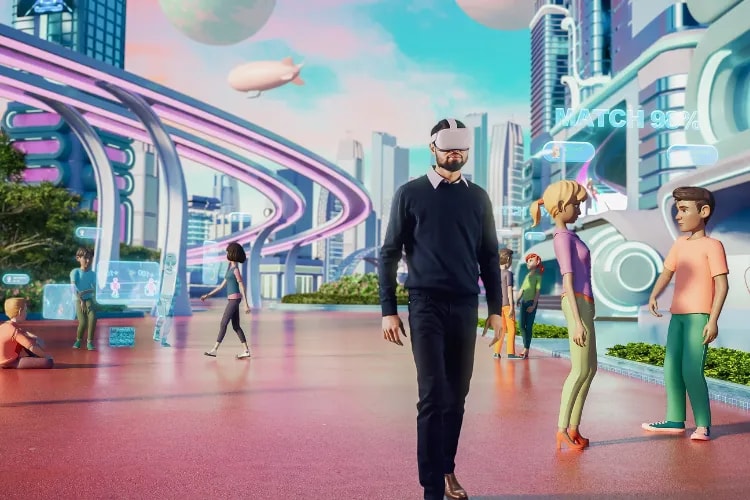
Case in point: At MODEX, immersive screens and VR demos drew sustained crowds and user-generated content, helping staff steer visitors into targeted conversations. Read the full breakdown in this Event Marketer case study.
Execution tips
Keep sessions short (60–120 seconds) and visible to the aisle with a mirrored screen.
Use disinfecting wipes and adjustable straps; set up a small queue with clear signage.
Build the follow-up path: QR → landing page → lead capture → book a demo.
AR overlays product info or 3D models onto the real world via phones or tablets, helping buyers visualize fit, scale, and options. Across retail categories, 3D/AR assets consistently drive higher engagement and decision confidence than static images, making AR a smart add for complex or configurable products.
Example: A furniture brand lets attendees point a tablet at a blank corner to drop in sofas at true scale, swap fabrics, and save their preferred configuration as a shareable link.
Turn AR into pipeline
Place a “Scan to try AR” QR at the perimeter; no app download should be required.
Offer a one-tap “Email me my build” that captures intent and specs for sales.
Games turn passive foot traffic into active participation—especially when the “win state” aligns with behaviors you care about: scanning a QR, visiting multiple stations, booking a meeting, or answering a quick survey. From digital scavenger hunts to tactile claw machines, playful mechanics boost dwell time and recall.
Example: Run a rapid-fire quiz on industry facts. Every correct answer earns points; high scorers enter a drawing for a premium prize. Bonus points for booking a follow-up.
Design for qualified engagement
Tie points to personas: prioritize actions that qualify buyers (e.g., product path A vs. B).
Display a leaderboard on a small screen facing the aisle to spark friendly competition.
Offer a great prize with brand relevance (e.g., premium hardware, software credits, or experiences).
Pro tip: Keep gameplay under two minutes and ensure prizes are awarded at set times to create crowds and social proof.
Attendees love to create, and a well-branded photo moment turns them into your storytellers. Today’s buyers—especially Gen Z—say social content heavily influences what they try and buy. Design a photogenic set with clear lighting, a unique hashtag, and frictionless on-site posting to extend your reach beyond the aisle.
Example: A branded photo booth with playful props and a ring light, paired with instant text-to-phone delivery and an on-screen prompt to post with your show hashtag.
Make it shareable
Place your logo subtly in the frame edges; avoid covering faces or key props.
Use a short, memorable hashtag and display it on a mini pedestal sign and the screen.
Offer consent-based lead capture: “Text your photo and a link to our resource hub.”
A quiet, seated nook can be more valuable than another product pedestal. Lounges invite longer, more substantive conversations and give your team a place to convert curiosity into commitments. Think soft seating, acoustic panels, greenery, and water bottles—all small touches that turn your booth into a destination.
Example: A booth with plush seating, a coffee cart, and small tables with integrated power. Staff float between the aisle and lounge, ushering qualified visitors into one-to-one chats.
Lounge design checklist
Seating that encourages conversation (L-shapes, café tables, not rows).
Clear signage: “Meet with an expert—5-minute consults.”
Charging ports at every seat and a small check-in stand with calendar links.
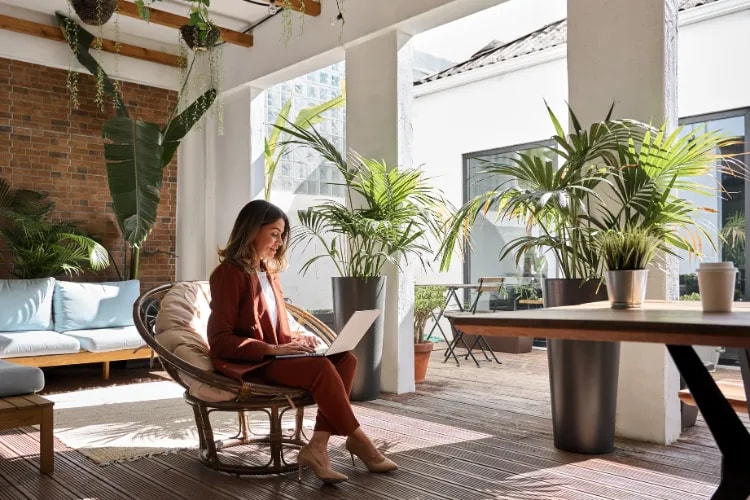
Replace static brochures with tap-through stories. Large-format touchscreens and kiosks invite exploration: swipeable product catalogs, before/after sliders, configurators, and quick save/share options. The more tactile the experience, the more attendees will linger and self-educate—freeing staff to focus on high-intent leads.
Example: A real estate company showcases property listings on a 55" touchscreen with filters by budget, neighborhood, and timeline. Attendees can email themselves a personalized shortlist.
Design tips for kiosks
Use large hit areas (44px+) and short paths (3 taps to value).
Add a sticky “Send to me” button that saves progress and captures contact info.
Simple and effective: power is a magnet. A branded charging counter or café table creates built-in dwell time for conversations and a subtle value exchange. Make it comfortable, clearly branded, and staffed with someone who can greet visitors and offer help while they wait.
Example: A branded charging bar with multiple cable types, stools, and a small screen looping customer stories. Attendees opt-in to receive a resource pack while they charge.
Pro tips for power hubs
Offer 15-minute time slots and a visible timer to keep traffic flowing.
Pair the station with snack-sized content: one-page primers, case cards, or QR playlists.
Visibility is currency on the show floor. Claim vertical real estate with high-contrast marks, clean hierarchy, and lighting that makes your identity readable from 30–50 yards. Overhead elements and illuminated edges help attendees spot you from across the hall and remember where to return.
Example: A large, illuminated sign with your logo and a benefit-driven tagline, legible at distance. Place a secondary message at eye level for close-range clarity.
Signage checklist
Short, punchy headline: lead with the outcome you deliver.
Light it right: backlit logos, edge lighting, or halo effects for contrast.
Mind sightlines—avoid blocking views with tall furniture at the perimeter.
A strong theme turns your space into a story. Done well, themes guide visitors through a narrative arc—from curiosity to understanding to action—while making your brand more memorable. Think transportive sets, interactive “set pieces,” and stamps or passports that encourage exploration.
Example: A travel company transforms its booth into a tropical beach, complete with a sand-textured floor, ambient sound, and a “passport” that directs visitors to three demo stations for stamps and a prize draw.
Make themes functional, not fluff
Map your top three takeaways to three distinct “set pieces.”
Use props attendees can handle—stamps, punch cards, or digital check-ins.
Swag isn’t going anywhere—but the bar is higher. Useful, on-message items still deliver strong recall and cost-effective impressions. If you’re sampling, focus on speed of service and clear labeling. If you’re gifting, choose fewer, better items that tie back to your story.
Example: A food company offers bite-sized samples of a new product alongside a QR that opens a “try it at home” recipe and a coupon, delivered via email opt-in.
Fewer, better swag ideas
Cable organizers, travel adapters, reusable water bottles with measurement markers.
Premium notebooks with a “meeting notes” template and your URL.
Digital swag: credits, premium app trials, or exclusive content bundles.
Creation draws crowds. A live muralist, calligrapher, 3D printer, or maker at work becomes an ever-changing attraction that encourages people to stop, watch, and capture content. When the artwork ties to your message, you get both spectacle and substance.
Example: A painter creates a booth-spanning mural across the show, incorporating attendee signatures or “words of the day” collected from visitors.
How to maximize impact
Position the artist near the aisle, with progress visible from 20+ feet away.
Schedule “reveal” moments and invite people back for the final photo.
A free, high-quality headshot is evergreen value for attendees and steady traffic for you. It’s also a natural conversation starter: while people wait, your team can ask about goals and pain points without feeling salesy.
Example: A small studio setup with a neutral backdrop, softboxes, and a photographer. Attendees book a slot via QR, get styled in 60 seconds, and receive edited shots by email with an opt-in to your newsletter.
Operational tips
Limit sessions to 2–3 minutes and batch editing across the day for speed.
Provide a small mirror, lint roller, and cue cards for posing confidence.
Tap into the host city’s culture to add authenticity and flavor. Partner with a beloved local café, bakery, brewery, or arts collective to create a line-worthy experience that gets people talking—and lingering in your space.
Example: A tech company collaborates with a local coffee shop for a micro espresso bar. While baristas serve, staff offer a 60-second product tour and book follow-up meetings.
Keep it smooth and fast
Plan for volume: 60–100 drinks per hour with a concise menu.
Make it photo-worthy: branded cups/sleeves and a small, stylish bar setup.
Sustainability is no longer a nice-to-have—it’s a selection criterion. Organizers and buyers increasingly ask exhibitors to minimize waste, design for reuse, and document impact. A responsible footprint also makes your brand more attractive to values-driven attendees.
Example: A booth built from modular frames and recycled panels with energy-efficient lighting. On one wall, a simple dashboard shows materials reused, waste diverted, and carbon saved—updated each day.
Practical steps that add up
Rent or repurpose structures; print graphics on fabric skins you can reuse.
Use LED lighting and set your screens to eco modes during off-hours.
Swap paper handouts for QR-based resource hubs and digital business cards.
Put your community in the spotlight. A live social wall aggregates posts from your event hashtag and displays them on a big, bright canvas. When attendees see peers sharing, they’re more likely to post—and to step into your space for their own moment on the screen.
Example: A large LED showing live, moderated posts. A small sign explains how to join the feed: “Snap a pic, tag #BrandAtShow, and watch for your post.” Staff invite posters to spin a prize wheel once their content appears.
Operational best practices
Use moderation to filter inappropriate content; keep a backup photo loop ready.
Rotate between UGC, short case-study clips, and a “Top Posts” carousel.
Great ideas succeed or fail on execution. As you shortlist your trade show booth ideas, think in terms of flow (how people enter, explore, and exit), staffing (who greets, who demos, who closes), and follow-up (how you turn scans into scheduled conversations).
Plan the attendee journey
Perimeter hooks: signage, motion, or a greeter with a simple “Want to try it?”
Middle engagement: demos, kiosks, VR/AR, or games with clear next steps.
Back-of-booth conversion: seated nooks for qualified meetings and calendaring.
Staff for roles, not just shifts
Host (greets and routes), Demo Lead (tells the story), Closer (books next steps).
Rotate every 60–90 minutes to keep energy high; script handoffs clearly.
Follow up like a pro
Tag leads by interest and intent at the point of capture to personalize outreach.
Send same-day thank-yous with links to the exact assets people saw in-booth.
Need a pre-show and post-show operations boost? Our event planning checklist keeps teams aligned across logistics, staffing, and timelines.
You don’t need all 16 ideas—just the right three for your goals, audience, and budget. Start with interactivity (a core demo or touchscreen), add one attention magnet (VR, live art, or a themed set piece), and round it out with a utility driver (lounge, charging, or headshots). Keep each element short, visible, and connected to a clear call to action.
As you build, prototype small: sketch the flow, rehearse the demo, and test your signage from 40 feet. After the show, review metrics and feedback, then iterate. That’s how booths go from good to unforgettable—and how your team turns foot traffic into pipeline.
Want help turning these trade show booth ideas into a full-funnel plan? Explore how Loopyah can streamline promotion and post-show outreach.
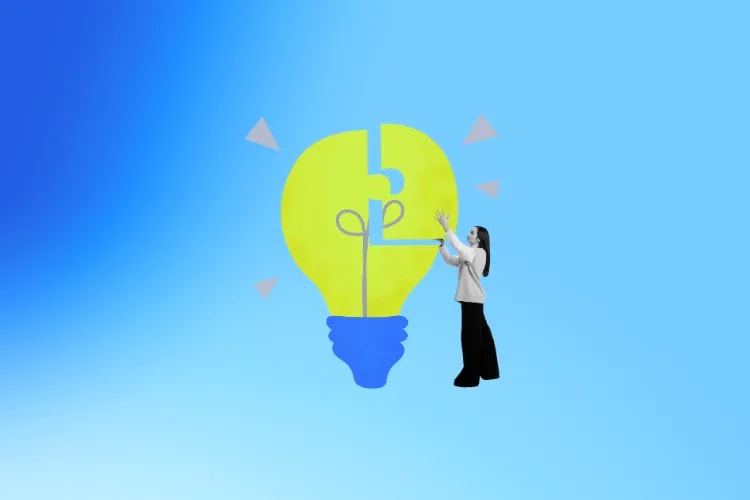
planning

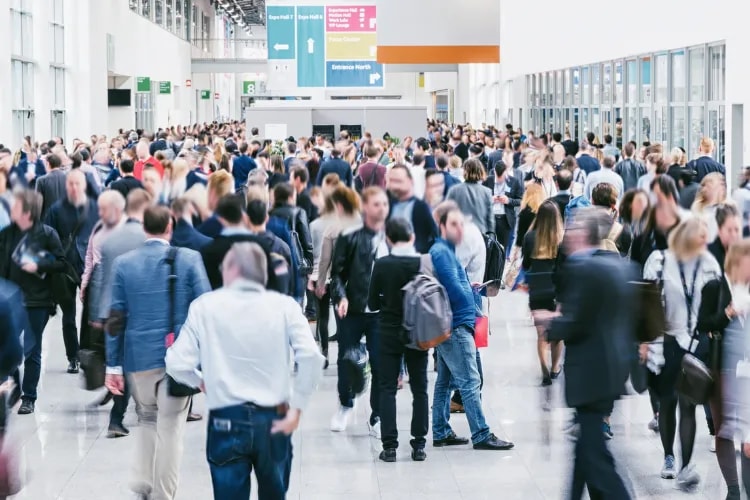
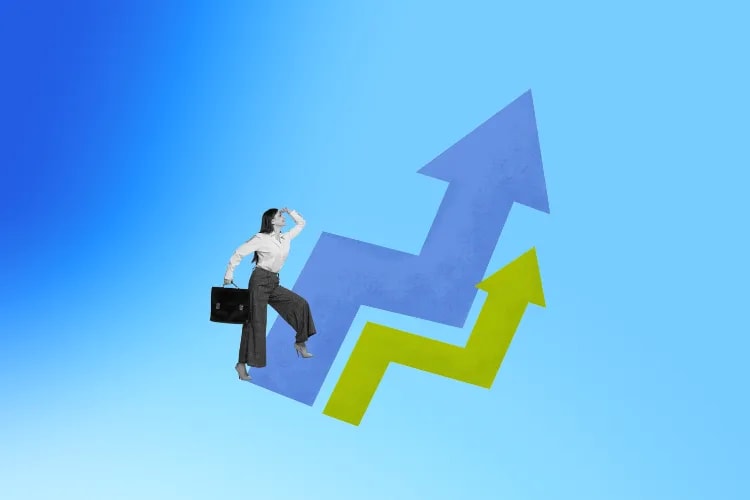

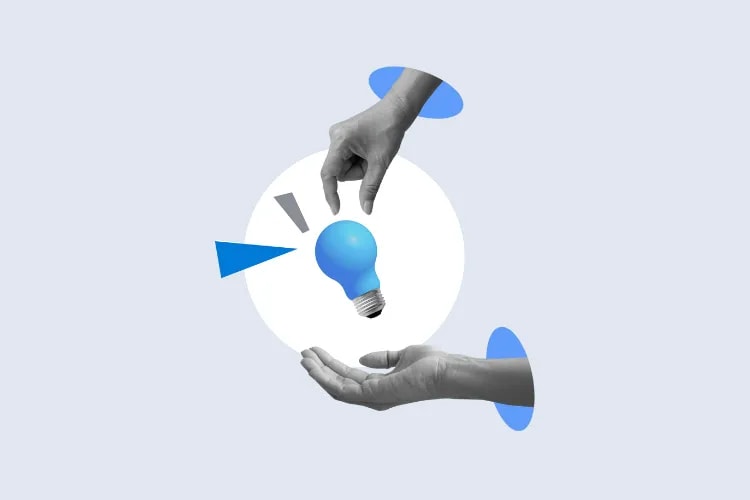
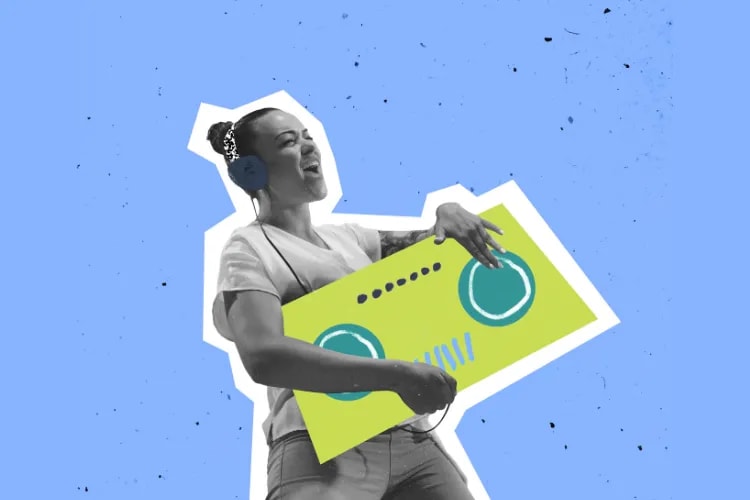
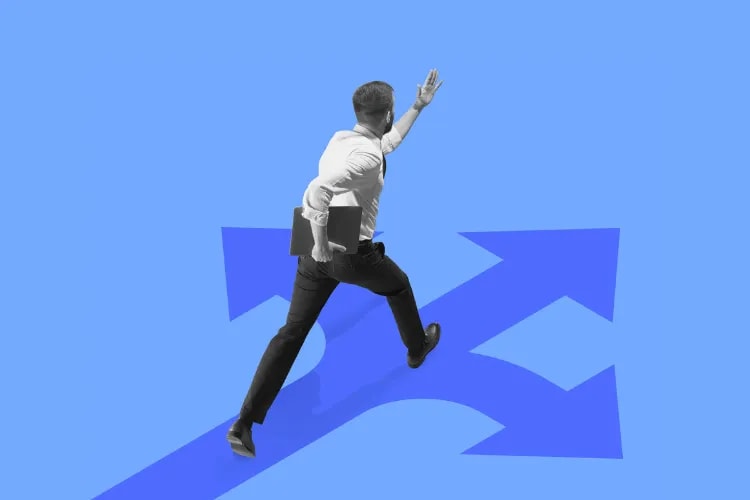
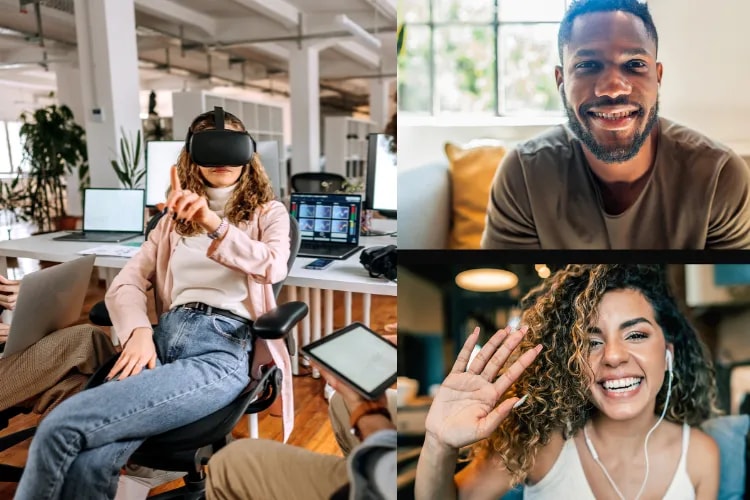

growth
growth
planning
planning
marketing
planning
planning
planning
planning